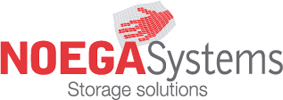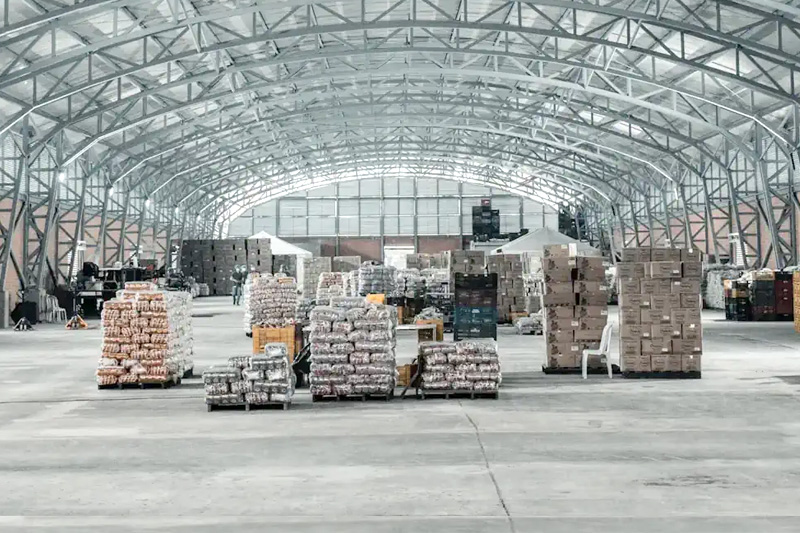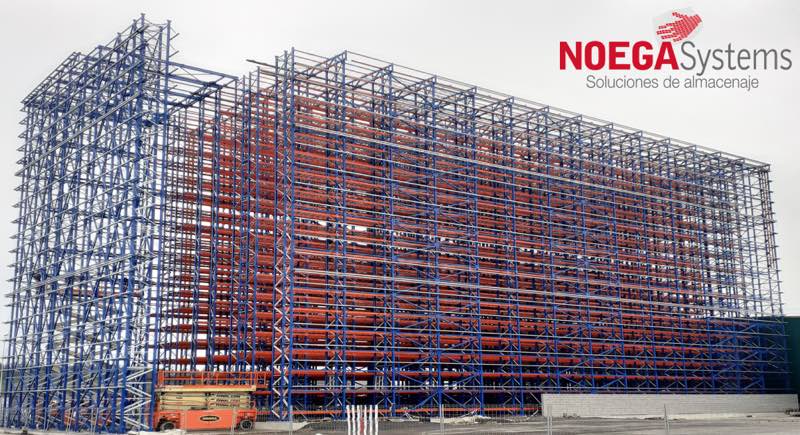Warehouse safety: how to apply it on a daily basis. Noega Systems. Almacenaje industrial
Warehouse safety is not an add-on, it is the operating system of the business. If it fails, everything stops. Proper racking design, clear signage, ongoing training and regular audits make the difference between smooth operations and accidents. In this article, we bring together applicable criteria for integrating safety into your industrial storage without slowing down productivity.
What do we mean by warehouse safety and why does it impact performance?
A safe warehouse reduces downtime, damage to goods and accidents, speeds up order flow and improves the team’s experience. When safety is integrated into daily processes and habits, it translates into lower costs, greater equipment availability and higher service quality.
Basic framework and responsibilities
PRSES (Person Responsible for Shelving Safety): a figure recommended by the UNE-EN 15635 standard to coordinate inspections, record incidents and activate corrective actions in storage systems.
Technical guidelines: NTP 852 del INSST summarises typical risks associated with metal shelving (design, assembly, use and maintenance) and preventive measures.
General obligations:RD 1215/1997 (work equipment) and RD 486/1997 (workplaces) establish minimum health and safety requirements applicable to warehouse operations.
Industrial fires: the new RSCIEI (RD 164/2025) replaces RD 2267/2004 and updates fire protection requirements in industrial establishments.
11 safety practices in warehouses
- Design with visible load plates. Clear capacities per level and per module; aisles and heights dimensioned from the layout.
- Pallet and load compatibility. Only use pallets in good condition; avoid uneven or damaged bases and distribute the weight evenly.
- Physical protection where needed. Strut protectors, guardrails, bumpers and fall protection nets in impact or transit areas.
- Signage and traffic segregation. Protected pedestrian routes, speed limits, and mirrors at crossings and blind spots.
- Separation of tasks. Replenishment on one side and picking on the other to minimise interference.
- Training and qualification. Initial induction and refresher courses: safe use of shelving and handling equipment, evacuation and emergencies.
- Load control on the rack. No excessive overhangs, with deflection control and uniform loads.
- Prevention of falling objects. Nets, trays or rear bumpers when there are pedestrian walkways or evacuation routes.
- Cleanliness and tidiness as standard. Daily checklists; correction of sources of dirt and spills.
- Emergency and fire safety plan. Clear evacuation routes, properly maintained fire extinguishing equipment, and regular drills based on your risk level.
- Audit and continuous improvement. Indicators (collisions with shelving, non-conformities, near misses) and action plan with responsible parties and dates.
Protecciones frecuentes y para qué sirven
En seguridad en almacenes, las protecciones actúan como parachoques del almacenaje industrial. El protector de puntal absorbe los impactos de carretilla sobre los montantes, especialmente en extremos de pasillo y zonas de maniobra. El guardarraíl o barrera separa el tráfico y protege estructuras en perímetros, cruces y esquinas. El tope de pallet evita empujes y caídas por la parte trasera, muy útil en fondos donde circulan personas. La malla anticaída retiene objetos y previene proyecciones cuando hay tránsito o vías de evacuación detrás de la estantería. Y la señalización horizontal y vertical guía la circulación y refuerza las normas en pasillos, cruces y áreas de carga/descarga, manteniendo la operativa clara y segura.
Errores comunes que elevan el riesgo
Hay prácticas que incrementan el riesgo de forma notable. Enderezar montantes o largueros dañados en lugar de sustituirlos compromete la integridad de la estantería. Mezclar SKU en ubicaciones críticas conduce a pérdida de control de la carga y a errores de manipulación. No registrar inspecciones ni cerrar acciones correctivas impide aprender de los incidentes y perpetúa los fallos. Por último, ignorar la compatibilidad entre palet y sistema o trabajar con pasillos fuera de medida provoca golpes, atascos y sobrecargas que pueden derivar en accidentes.
En Noega Systems realizamos inspecciones técnicas de estanterías, definimos planes de acción y suministramos protecciones y repuestos homologados. Formamos a tu equipo y te acompañamos en la mejora continua para un almacenaje industrial más seguro y eficiente. Contacta con nosotros.




